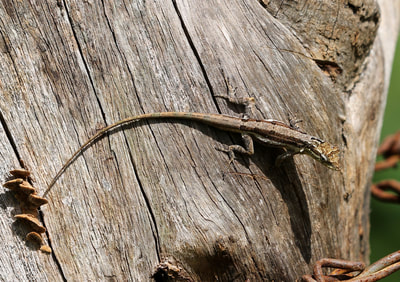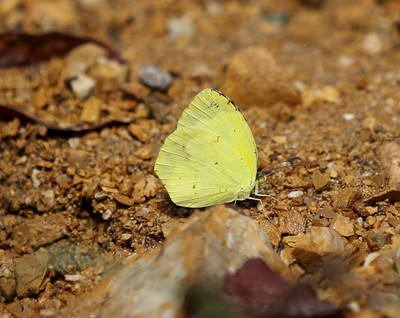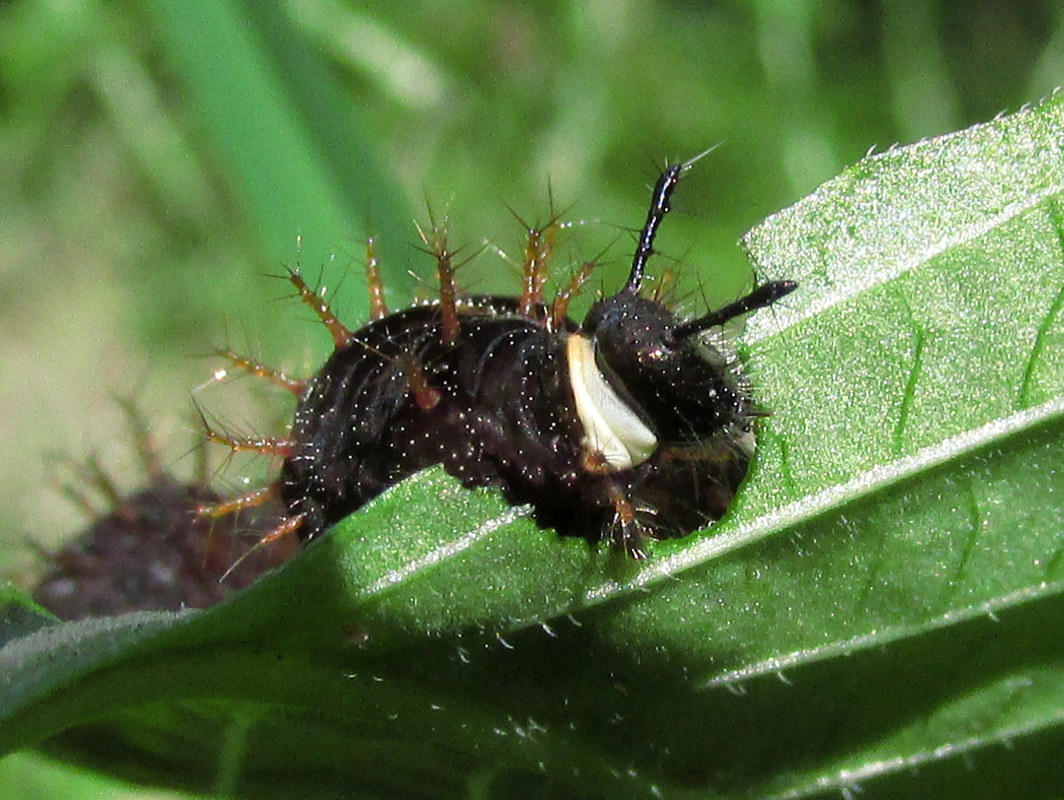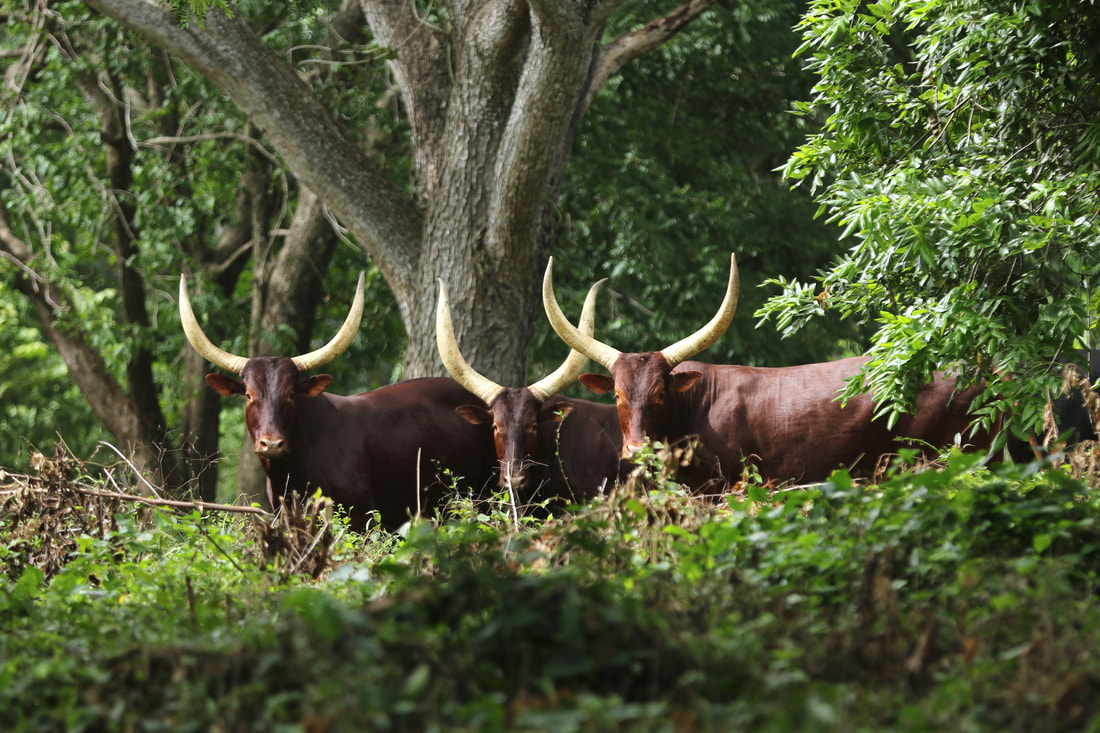Before we set off I took a picture of a Gecko high up on the wall at the casa. I thought at the time it was a Tropical Gecko Hemidactylus mabouia but looking at the pictures I'm not so sure. The tail is rather thick and there are faint lines down the body and tail that I don't seem to match any pictures I can find on the internet. I've said before that it amazes me the lack of a decent Field Guide on the reptiles of the Caribbean. I believe there is one in prep called the Guide to the Amphibians and Reptiles of the Caribbean Islands but I don't know its anticipated publication date.
There is also an excellent guide Guía taxonómica de los anfibios de Cuba (2008) which is free to download from the ABC Tax website. You can download audio calls of 59 species too and this is a fantastic resource by Luis M. Díaz and Roberto Cádiz from the Museo Nacional de Historia Natural de Cuba and the Facultad de Biología, Universidad de La Habana respectively. A further volume on the reptiles of Cuba is preparation. Can't wait....
"In 1994 I went to Havana to meet Luis R. Hernández, who later wrote the Field Guide of Cuban - West Indian Butterflies, to confirm the identity of my specimens of Gray Ministreak Ministrymon azia. As we talked about butterflies, I mentioned to him among many other things that I had once, many years before, found a larva of the Cuban Peacock A. chrysopelea but I didn’t remember clearly how it looked, nor even dare to dream of owning a camera at that time. I did however remember one feature consisting of a conspicuous white collar on the neck. I was just another young amateur lepidopterist at the start of his career so wasn't sure if I would be believed or not but he did in fact include this detail later in his book published in 2004. Now that we had the chance to find the eggs of Cuban Peacock during our latest trip together, and to rear the larvae, it was extremely exciting for me to confirm that the white collar is actually present and that the only characteristic that I remembered was correct! At rest, the collar remains hidden from view as the larva retracts the neck but can be seen in the photo of the larva while feeding. The A. chrysopelea larva differs from White Peacock A. jatrophae in having off-white inter-segmental transverse bands and also some whitish speckling. Superficially, the pupa is simillarly shaped in both species but I notice that the cremaster (silken pad) where it is attached is whitish in A. chrysopelea and reddish in A. jatrophae."
Thank you Doug for sharing.



































 RSS Feed
RSS Feed